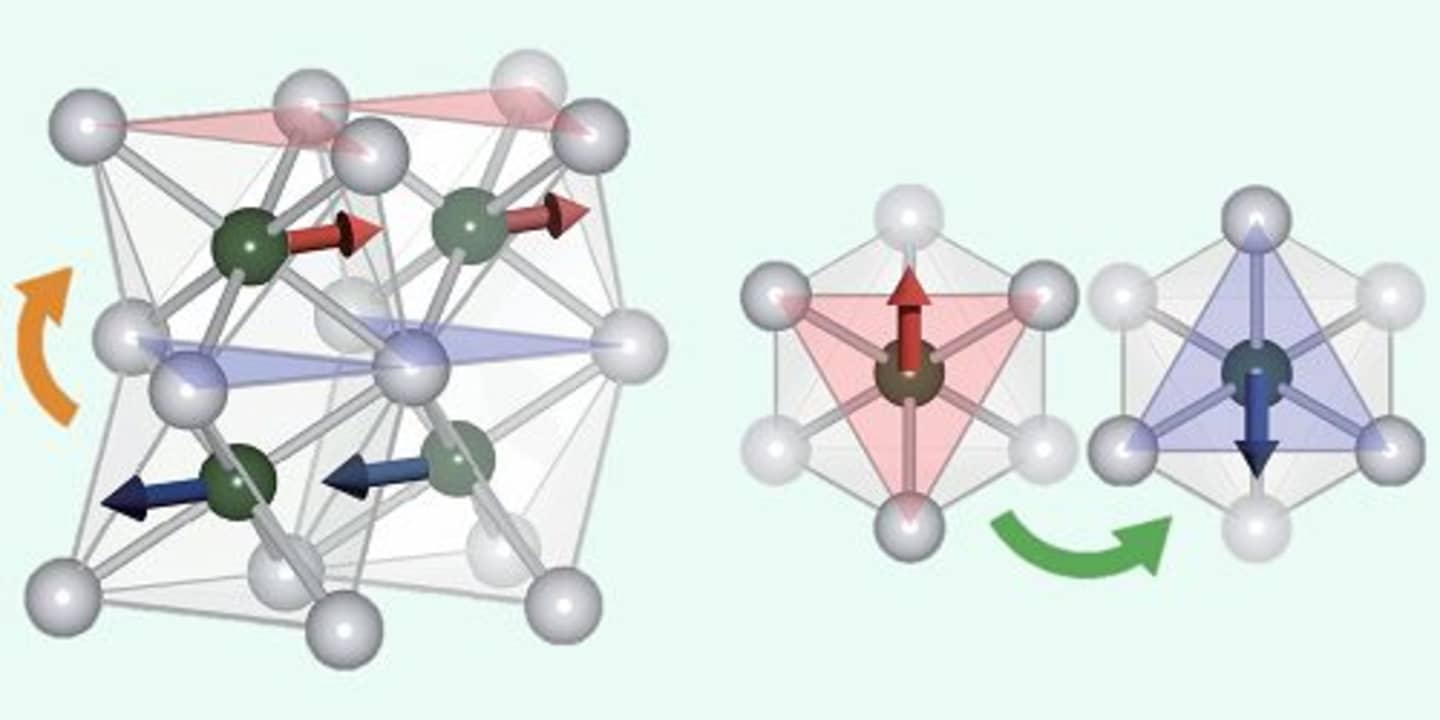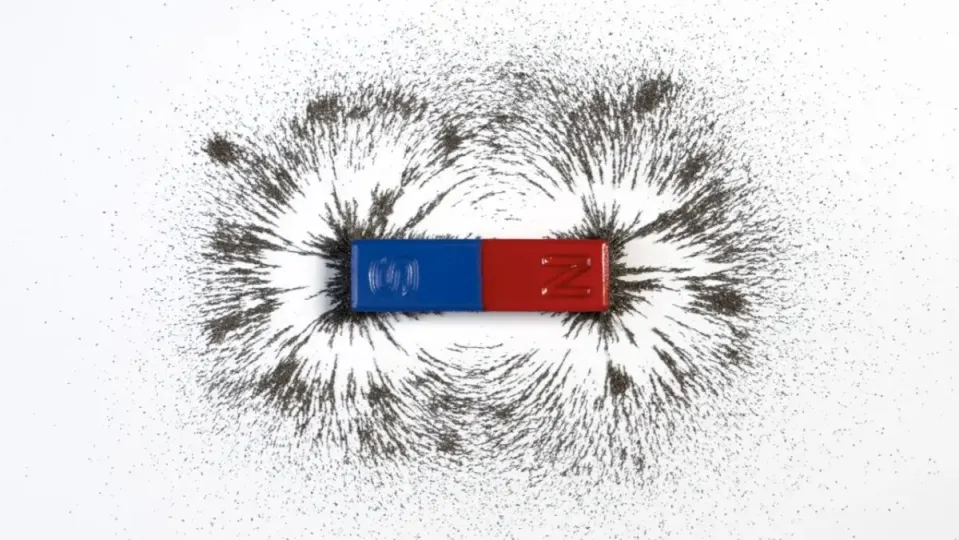We are all, to a lesser or greater extent, familiar with the effects of magnetism. Certain materials (such as iron and nickel) are called “ferromagnetic” and interact strongly with external magnetic fields while generating their own magnetic field. It is this phenomenon that allows the poles of magnets to attract or repel each other. But, while many of us may have thought that everything had already been said in this field, science is here to surprise us once again.
As reported by the magazine Physics, theorists named a new class of magnetic order in 2022: “altermagnetism“. Materials that exhibit this phenomenon do not have a net magnetization and their electronic structure is divided into bands of upspin and downspin, which gives them properties of both antiferromagnets and ferromagnets.
Despite the great efforts made, until now no solid evidence of the existence of altermagnetic materials had been found. Yes, until now, because Changyoung Kim, a researcher from the National University of Seoul (South Korea), and his colleagues have just found them. The researchers claim that the distinctive properties of altermagnets could be useful for spin-based electronics.

The group of Korean researchers studied manganese telluride, a semiconductor that was expected to exhibit altermagnetism. The theorists predicted a large separation between the up and down spin bands in the electronic band structure of the material, so spin splitting could be easier to observe in this material than in others.
But the three-dimensional crystal structure of manganese telluride has been problematic for the conventional method of this type of measurements. One of the reasons for this difficulty is that the technique, known as angle-resolved photoemission spectroscopy (ARPES), is usually sensitive only to the band structure on the surface of a material and not in the bulk. The team overcame this problem by applying ARPES to thin films of manganese telluride instead of thick blocks.
Researchers discovered that below 267 K, manganese telluride films exhibited zero net magnetization and a spin-split band structure, which they believe provides compelling evidence for the existence of alternate magnetism in the material. Following this discovery, the team plans to fully characterize the band structure using a variation of the ARPES technique called spin-resolved ARPES.


